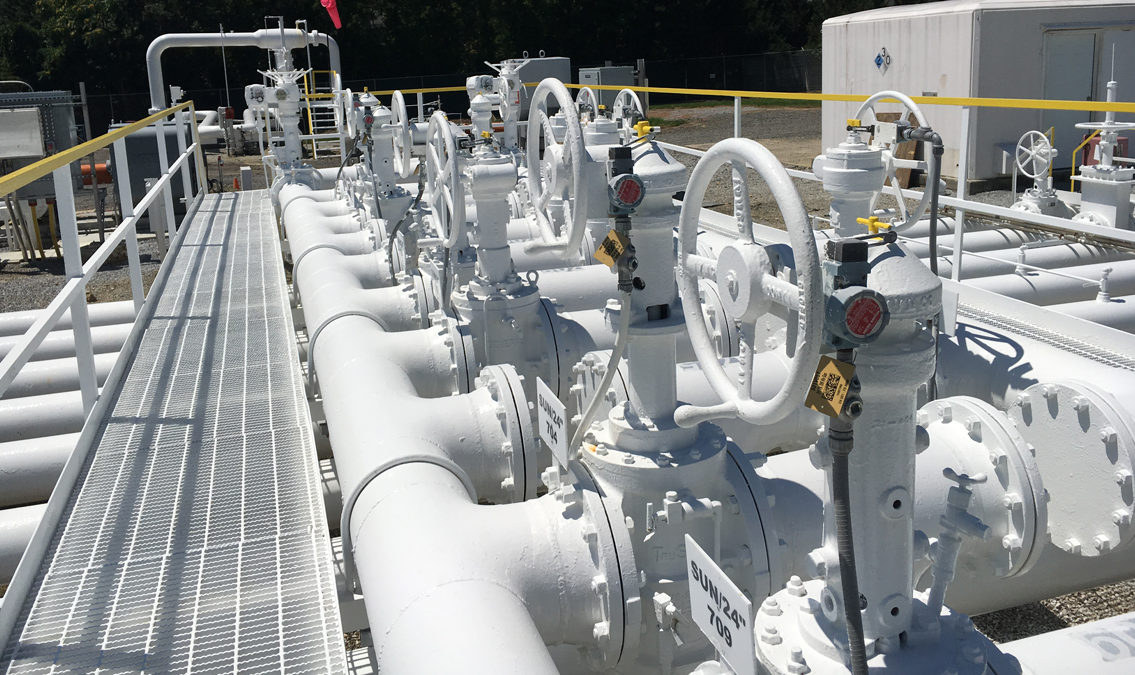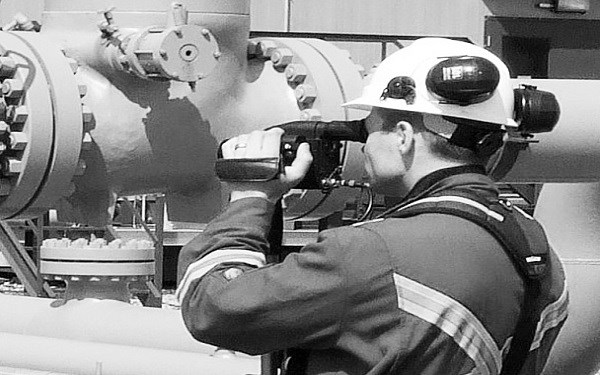What is EPA Method 21? Why is It Important?


Volatile organic compound (VOC) emissions pose a significant environmental and health risk, with the Environmental Protection Agency (EPA) estimating that a staggering 40,000 tons of VOCs are emitted annually from compromised valves in petroleum plants alone. To combat widespread noncompliance with Leak Detection and Repair (LDAR) regulations, the EPA established Method 21 – a critical procedure for detecting VOC leaks in industrial equipment.
This article delves into the importance of EPA Method 21, its implementation, and best practices for ensuring compliance in industrial operations

EPA Method 21 is defined by the agency as being “a determination of volatile chemical compound leaks.” It is a method that is used by certified inspectors to best identify possible VOC leaks on process equipment sources. Depending on the nature of the operation, these equipment sources might include “valves, flanges, and other connections, pumps, and compressors, pressure relief devices, process drains, open-ended valves, pump and compressor seal system degassing vents, accumulator vessel vents, agitator seals, and access door seals.”
Generally, this method is not meant to be used as a gauge for a measure of mass emission rate, but rather leak detection, specifically.
As stated in Section 6.0 of the EPA’s Method 21 document, suspected leaks must be tested with Method 21 by employing a specialized VOC monitoring instrument. Subsequently, samples must be collected, preserved, stored, and transported according to the guidelines.
Since the EPA established EPA Method 21 as a response to rampant LDAR noncompliance, it should come as no surprise that the agency has outlined a strict best practices code for managers and inspectors to follow. Included in it are these important points:
In the EPA’s LDAR Guide, the agency outlines some of the most common ways in which operations might succumb to noncompliance pitfalls. Listed at the top is the failure to identify “all regular components/units in inventory.”
This is a particularly important point to consider for businesses that might be operating out of a large facility that regularly changes its infrastructure or those who have procured a facility that might have been mismanaged in the past. If all relevant components are not identified and regulated as stipulated in Method 21, the facility is likely to suffer a costly and potentially dangerous leak.
In addition to component identification, the EPA also states that, all too often, operations improperly place units on the “Delay of Repair List.” This list should be used only when the component is “technically infeasible to repair without a process unit shutdown.”
Ostensibly, the “Delay of Repair List” is a tool that should be used as a last resort, and a temporary one at that. This means that all components, even those located in relatively concealed locations, must be simple to service and monitor on the stipulated maintenance schedule.
EPA Method 21 remains a cornerstone in the fight against volatile organic compound (VOC) emissions, playing a crucial role in environmental protection and workplace safety. As industries continue to evolve, the importance of this method in Leak Detection and Repair (LDAR) programs cannot be overstated.Effective implementation of Method 21 not only ensures regulatory compliance but also contributes to:
While the method has proven its efficacy over the years, it’s essential for organizations to stay informed about potential updates or alternatives that may emerge. The EPA’s ongoing efforts to refine emission control strategies may lead to new technologies or methodologies complementing or enhancing Method 21.Ultimately, the success of EPA Method 21 relies on proper training, diligent application, and a commitment to environmental stewardship. By embracing these principles, industries can contribute to a cleaner, safer future while maintaining operational efficiency and regulatory compliance.
Our sales engineers are experts in automatic asset tracking, tagging and identification,a nd can answer all your questions. Get in touch now.
Lets Talk ›Enter your information and get a free checklist of the top questions to answer and tips to plan a successful asset tagging project for any asset management or tracking system implementation.